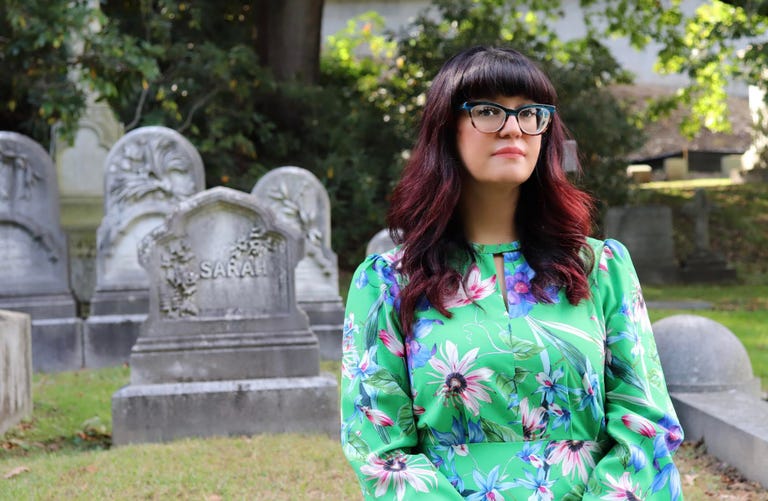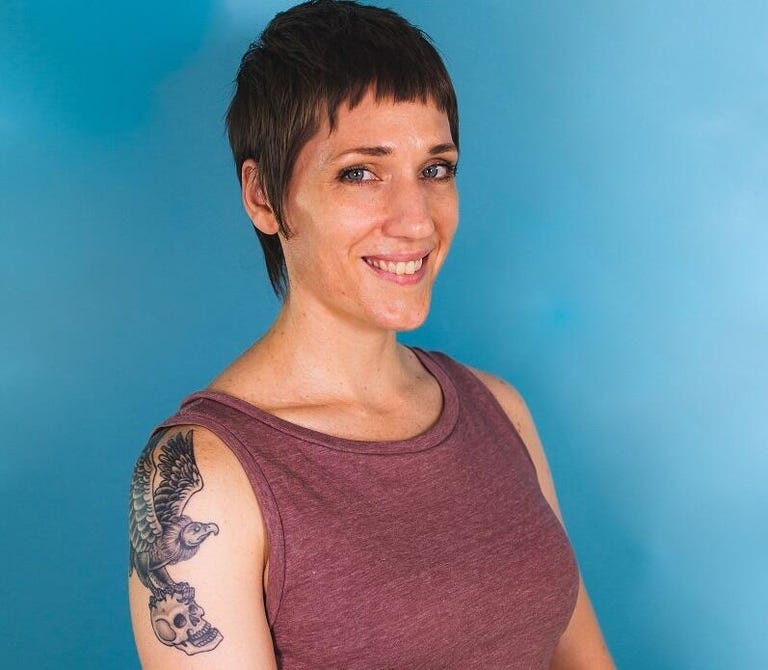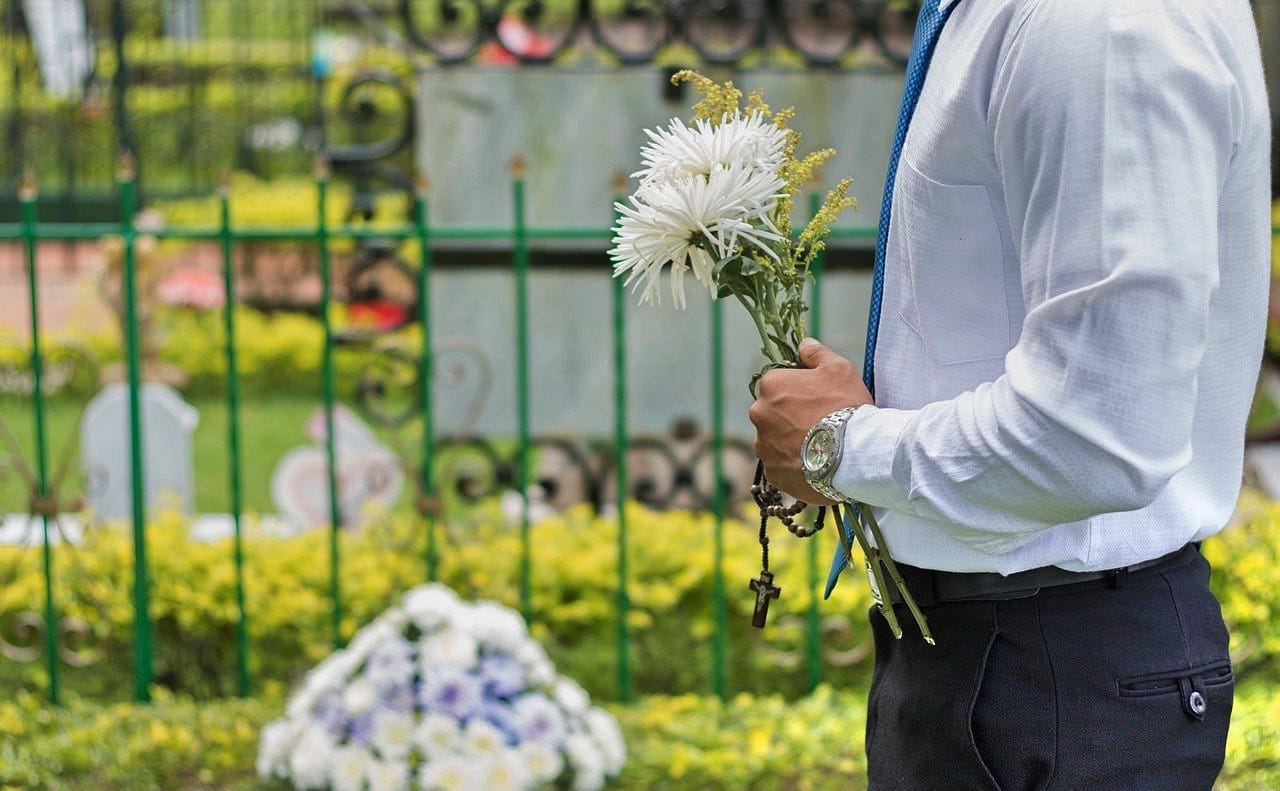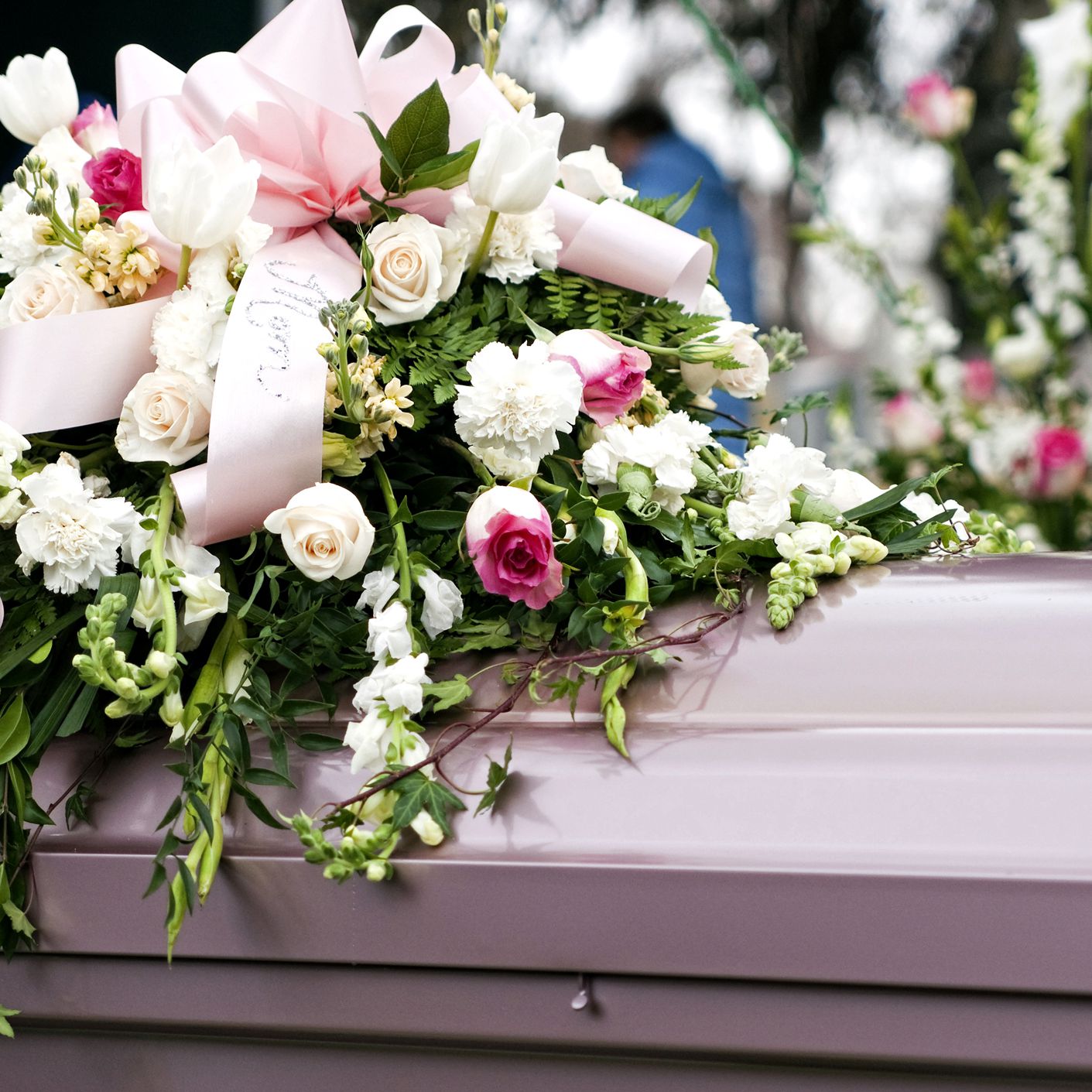Burial services are costly, broken, and shady. They need to change
The middle expense of a burial service is $7,360, and most in the US can’t bear the cost of it.
My granddad died on a breezy April evening in 2017. He kicked the bucket at home in Ulladulla, Australia, with my mum and uncle next to him, watching out at the gum trees. A short time later, Mum sat with his body in the cool room before calling the neighborhood memorial service home to come and get him.
Afterward, the family got together to think back with regards to his affection for whisky and milk (we called it Poppy Cocktail) and his propensity for speaking uproariously about individuals we didn’t have the foggiest idea while we were all staring at the TV.
My granddad had what some would call a decent passing. That isn’t to say the reason for his passing was acceptable – the mesothelioma that ended his life was quick and fierce – yet he had the office to discuss what he needed, and, significantly, we were sufficiently fortunate to have the assets to offer it to him.
In this way, he had the great demise – in the home he assembled, paying attention to the birds.
The good death
Not every person is advantaged enough to get “a decent demise.”
End-of-life care can be monetarily and sincerely burdening, and giving the old the demise they want can be almost unimaginable for some families. Seven out of 10 Americans need to kick the bucket at home, as per the Kaiser Family Foundation. Just four out of 10 accept they will.
Some accept we need to recalibrate our relationship with death starting from the earliest stage.
Sarah Chavez is one of the authors of the Death Positive development and the chief head of The Order of the Good Death, a local area of industry experts, scholastics, and specialists supporting a better relationship with death.
At the center of our relationship with kicking the bucket and demise, Chavez says, is our fixation on youth.
“We’re an adolescent-driven society. I think an exceptionally enormous piece of that is a direct result of our feeling of dread toward death,” she says.
The US is the biggest antiaging market on the planet, burning through a great many dollars on the enemy of kink cream, hair color, and restorative methods. We shroud our older away in nursing homes and emergency clinics to delay their lives far away – they help us to remember our mortality.
“Our elderly folks are only not making the rounds all over the place,” Chavez says. “You don’t see individuals age.”
A wrecked system
As indicated by the National Funeral Directors Association, the middle expense of a memorial service with survey and internment is $7,360. For an entombment with a concrete vault – as needed by most graveyards, takes note of the NFDA – the expense leaps to around $8,700.
Memorial service homes are organizations. This is a multibillion-dollar industry, and keeping in mind that most burial service homes are exclusive, there’s an astounding absence of rivalry. Administration Corporation International is the biggest public demise care organization in the US, with more than 1,900 areas in North America and an income in 2018 of $3.19 billion. The following biggest organization, StoneMor Partners, made a small portion of that: $316 million. Administration Corporation International didn’t react to demands for input.
A huge piece of the plan of action for these organizations includes purchasing up little burial service homes; confided in family-run organizations utilized by the local area for ages. They keep the name and infuse their sales reps and cosmic expanses. Do you need a private review to bid farewell? That will be $725 for preserving, $250 for beauty care products, and $425 for utilization of the space and staff. That is more than $1,000 before the memorial service even beginnings.
Sarah Chavez is one of the originators of the Death Positive development and the chief overseer of The Order of the Good Death.

“I just got an email from a lady, a more seasoned lady, today, and she said that when she covered her significant other, the memorial service home disclosed to her that it was the law that she needed to purchase cement to put over the coffin,” Chavez says.
“It’s false, and you hear these untruths a ton. That is not a law by any stretch of the imagination, in any capacity whatsoever. Substantial squares [are] beneficial, however, they make it simple to keep everything uniform, so the yard upkeep should be possible around them.”
So for what reason do burial grounds charge individuals for things allegedly “the law”?
Since graveyards are all-around private properties, so they can make their guidelines.
“They will pick what is generally productive for them,” Chavez clarifies.
Upsells like substantial vaults and preserving are so normal they’re viewed as necessities, and few are in the situation to address it. Numerous memorial service homes expect bodies to be preserved before the survey, and undertakers are regularly instructed at morgue school it’s a need.
Truly, preserving isn’t needed in any way. No state law requires each body to be treated and, more often than not, refrigeration is sufficient to keep a body in great condition until entombment. There’s a typical conviction that treating is important for disinfecting the body and making it protected to be near. Yet, cadavers represent no genuine danger to general wellbeing. The microorganisms that disintegrate bodies aren’t perilous, nor is the smell of cutting-edge rot.
While cadavers aren’t risky, there’s mounting evidence treating liquid is. The principal substance in preserving liquid is formaldehyde, which is extraordinarily poisonous. Since the ’80s, studies have shown undertakers are in more danger for a long time of malignant growth due to their openness to treating liquid. When bodies decay, the treating liquid saturates the soil, possibly tainting the ground.
Yet, the greater risk to most Americans isn’t the danger related to preserving liquid. It’s the danger that a burial service could bankrupt them.
Most Americans aren’t in the monetary situation to bear the cost of a memorial service in any case.
To cover somebody is costly. None of it has a say in a genuine association with religion or nationality – everything has an association with dollars.
A review by the Federal Reserve in 2018 observed to be just 61% of American grown-ups could bear the cost of a startling cost of $400, while an astounding 39% would not have the option to manage the cost of it without selling assets or abandon food or different necessities. For a great many people, a surprising $8,000 burial service bill would be sincerely and monetarily destroying.
“To cover somebody is costly. None of it has a say in a genuine association with religion or nationality – everything has an association with dollars,” Jeff Jorgenson says.
Jorgenson runs Elemental Cremation and Burial, a green memorial service home in Seattle, and co-possesses Clarity Funerals and Cremation.
Customs and strict practices are solid and won’t ever truly disappear. However, at times, cost prevails upon custom. Indeed, even profoundly strict families who might normally detest incinerating their dead are deciding on incineration, by and large, Jorgenson notes. “It’s a horrible idea to burn through $14,000 to cover grandmother when they can’t pay for food.”
Companions of 18-year-old Anthony Hyman hold a vehicle wash on PCH in Wilmington to assist with fund-raising for his burial service. Hyman was shot and killed in 2012 as he was getting in his mom’s vehicle to drive himself to school.
Over and over again, dispossessed families scramble to take care of expenses for dedication after a friend or family member suddenly dies. Numerous families go to web-based subsidizing – GoFundMe gladly portrays itself as the main internet-based memorial service pledge drive, with 125,000 or more missions raising $400 million per year. Different families aren’t so fortunate.
“Where I’m from, here in California, what we see a great deal are simply individuals remaining on a street with a cardboard sign requesting cash for a memorial service,” Chavez says. “Particularly in poor country networks, this is the standard. You see a ton of memorial service vehicle washes where families will remain outside corner stores, and what they’re doing is they’re fundraising to pay for the burial service.
“Families don’t realize that they regularly have a decision – nobody ought to need to pay that much.”
The fate of memorial services
So where do specialists see the business going?
There’s a developing pattern toward normal or green entombments. Characteristic internment basically returns a body to the earth, without any synthetic substances, permitting it to deteriorate normally with little harm to the general climate.
Customary entombments are compound and asset weighty. The normal incineration utilizes a similar measure of energy and makes a similar measure of fossil fuel byproducts as two tanks of gas. The warmth from incineration additionally disintegrates tooth fillings, delivering mercury into the air. Regular entombments, then again, utilize not many assets.
Normal internments, whenever wanted, return a significant part of the demise care to the families. “You deal with the body at home. You do the dressing and spread them out delightfully with blossoms and welcome individuals over and share food and recollections,” Chavez says.
Obviously, the less complex and entombment, the less expensive it is. You’re not paying for preserving, you’re not paying for the silk-lined coffin or the substantial vault.
A DIY memorial service might sound shocking and overwhelming, however, Chavez says it very well may be a moving, engaging experience.
“So not many of us have the experience of sitting with our dead or investing any energy with them any longer, particularly here in the US.
“We get them back after they’ve been treated, and they’re canvassed in this cosmetics. We don’t have the foggiest idea what the dead resemble any longer. Our experience of death and dead bodies are fictionalized, sensationalized,” Chavez says.

We had one woman who needed to simply be in the ground, skin on the soil.
Sarah Wambold, a memorial service chief in Texas, has been working in the business for around 15 years. She found green entombments not long in the wake of getting her chief’s permit. “I just totally fell head over heels for the thought. I thought this was the following stage.”
Sarah Wambold fell head over heels for green internments not long in the wake of getting her chief’s permit 15 years prior.
Wambold will before long open Campo de Estrellas, a protection burial ground right external Austin. Protection entombments, as Campo de Estrellas (or, “field of stars”) join green internments with nature preservation. These cemeteries offer plots to individuals, with the special reward of ensuring the general climate.
In case an unending length of time’s rest in nature save isn’t your thing, there are a couple of various alternatives.
You can utilize a biodegradable compartment, which could be woven from willow or banana leaves; you can even get caskets produced using fleece or cardboard. On the off chance that you wish, you can be let go enveloped by a straightforward cover.
“We had one woman who needed to simply be in the ground, skin on soil,” Wambold says.
Eventually, cash will be the really choosing factor for some families.
Reasonable choices might surpass conventional internments over the course of the following two to fifty years, Jorgensen predicts. He sees incineration, water incineration, and body treating the soil, which decreases the body to the soil in just 30 days, as driving less expensive alternatives. Body fertilizing the soil, for example, costs families around $5,000.
Jorgenson accepts the business will improve by families knowing their choices.
“The shopper will direct what they ask for from a burial service home – that is the thing that I see changing,” Jorgenson says.
“When you break that entryway, a great deal of other burial service homes need to react in some capacity … take a gander at lawyers or auto fix – those are markets that have changed on the grounds that purchasers have said ‘screw you.’ Because it has the passing name, and on the grounds that there’s less of us offering these administrations, there’s been a more slow change.”
Because of crafted by advocates like those in The Order of The Good Death, more individuals are partaking in these discussions and learning their alternatives as shoppers, however future carcasses.
“There’s certainly been a blast in interest,” Wambold says.
“I’m truly trusting that more youthful ages are significantly more earth mindful and contributed. What’s more, they’ll be somewhat more acquainted with the natural costs that customary entombment is taking, and what these choices are.”
Before I wrapped up my visit with Chavez, I asked her how she’d prefer to be covered. She needs to be recomposed, to respect the ladies whose work pioneered a path for her.
“I hear basically consistently that ‘I couldn’t care less, I don’t mind how you manage my body. I will be dead.’
“It makes a difference. You do matter. Your passing issue. You can pick something that will mirror the qualities and convictions that you held in your life, and make an interpretation of them into your passing.

“What you decide to do, is your last venture, your last signal on this planet. It makes a difference.”
